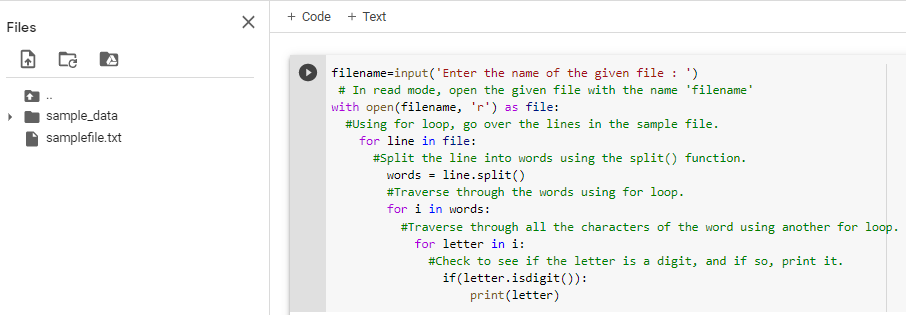

This produces the following result − Name of the file: foo.txt Print "Softspace flag : ", fo.softspace Output Returns false if space explicitly required with print, true otherwise. Returns access mode with which file was opened. Returns true if file is closed, false otherwise. Here is a list of all attributes related to file object − Sr.No Once a file is opened and you have one file object, you can get various information related to that file. If the file does not exist, it creates a new file for reading and writing. The file pointer is at the end of the file if the file exists. Opens a file for both appending and reading in binary format. Opens a file for both appending and reading. If the file does not exist, it creates a new file for writing. Opens a file for appending in binary format. If the file does not exist, creates a new file for reading and writing. Overwrites the existing file if the file exists. Opens a file for both writing and reading in binary format.

Opens a file for both writing and reading. If the file does not exist, creates a new file for writing. Opens a file for writing only in binary format. The file pointer placed at the beginning of the file. Opens a file for both reading and writing in binary format. Opens a file for both reading and writing. The file pointer is placed at the beginning of the file. Opens a file for reading only in binary format.

Here is a list of the different modes of opening a file − Sr.No If negative, the buffer size is the system default(default behavior). If you specify the buffering value as an integer greater than 1, then buffering action is performed with the indicated buffer size. If the buffering value is 1, line buffering is performed while accessing a file.
#PYTHON OPEN FILR FOR WRITING AND APPENDING HOW TO#
Now, we will see how to use actual data files. Depending on how you want the file handling methods to write to a file, you can use one of the below modes.Until now, you have been reading and writing to the standard input and output. There are multiple ways you can open a file in write mode in Python.



 0 kommentar(er)
0 kommentar(er)
